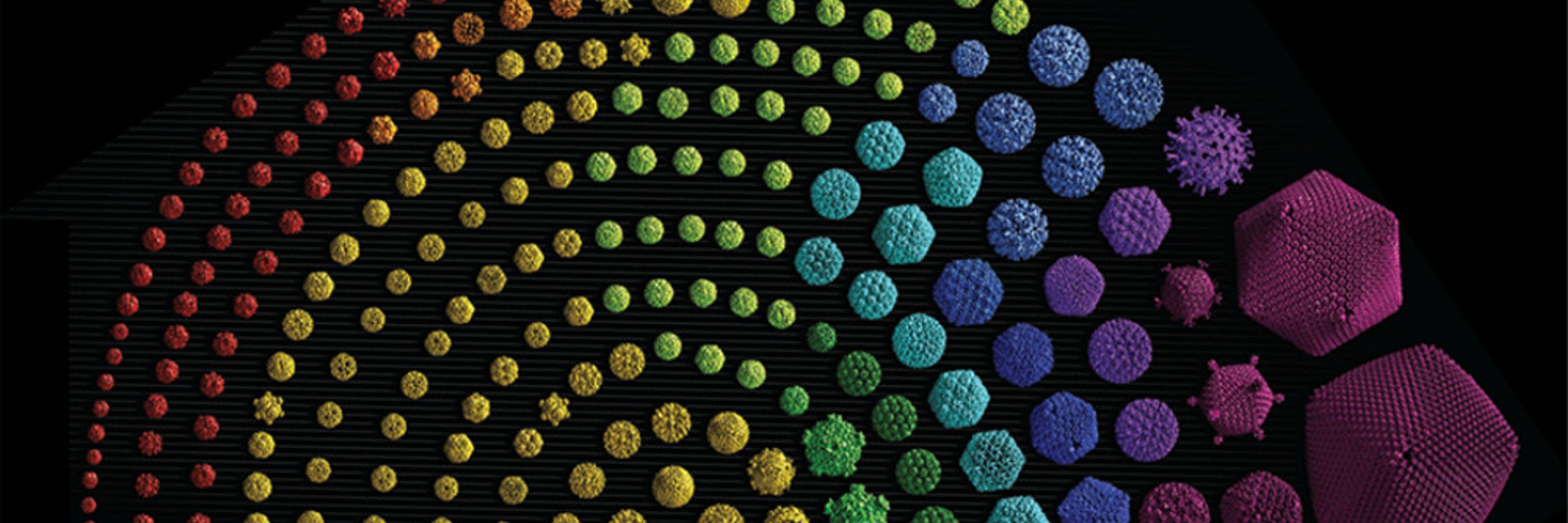
Virus origins/diversity/evolution; mobilome; Archaea.
Head of the Cell Biology and Virology of Archaea Unit at Institut Pasteur:
https://research.pasteur.fr/en/team/archaeal-virology/
Reposted by Mart Krupovìč

www.microbiologyresearch.org/content/jour...
Reposted by Mart Krupovìč, Brett J. Baker
Either way, we have good news.
We’re delighted to announce the 2026 EMBO Workshop on Archaea, 6–10 July.
Sign up: meetings.embo.org/event/26-arc...
We look forward to seeing you in Cambridge, UK.
Please repost!
Reposted by Simon Roux, Mart Krupovìč

rdcu.be/excHt
Reposted by Mart Krupovìč

authors.elsevier.com/a/1mH793QW8S...
Reposted by Mart Krupovìč

In this study, we show that HLp forms stable tetramers that wrap ~60 bp of DNA, revealing a distinct histone–DNA organization in bacteria.
www.nature.com/articles/s41...
Reposted by Mart Krupovìč
Reposted by Mart Krupovìč

www.biorxiv.org/content/10.6...
Reposted by Mart Krupovìč

We address a longstanding question about the role of the topoisomerase reverse gyrase in hyperthermophiles. Great collaboration with Baranello and @tobiaswarnecke.bsky.social groups. #Archaeasky #Microsky
Reposted by Mart Krupovìč
t.co/TU1fq4eVg2 #MicrobialEcology
Reposted by Mart Krupovìč

The Expanding Histone Universe: Histone-Based DNA Organization in Noneukaryotic Organisms - www.annualreviews.org/content/jour...

Focus: Infectious diseases, host-microbe interactions, vaccines
Special interest: AI methodologies
📅 Deadline: Feb 9, 2026
👥 2-12 years post-PhD
Apply now 📝 research.pasteur.fr/en/call/crea...
#JobOpportunity #Research
Reposted by Mart Krupovìč

The different roles of the two glucosyltransferases of phage T4 in overcoming antiphage functions
www.biorxiv.org/content/10.6...
Reposted by Mart Krupovìč


#microbiology #biochemistry
onlinelibrary.wiley.com/doi/full/10....
Reposted by Mart Krupovìč


Oxygen production as an electron overflow pathway in ammonia-oxidizing archaea
Congrats to Thomas Pribasnig for this great work!
Check it out here:
www.biorxiv.org/content/10.6...
Reposted by Mart Krupovìč

Conservation of TIR-derived signals accross the tree of life! We found bacterial TIR immune systems that signal via canonical cADPR (like in humans) and 2'cADPR (a plant immune signal).
Documented 11 Thoeris types
Reposted by Mart Krupovìč

Reposted by Mart Krupovìč

We show that Asgard archaea ESCRT-III proteins can trigger membrane fission and reveal its molecular mechanism, offering clues to how these cells may have built internal compartments. But do these organisms even have these compartments?
www.biorxiv.org/content/10.1...

Reposted by Mart Krupovìč

www.nature.com/articles/s41...
@luisvalentin.bsky.social @lingdong-shi.bsky.social @martianmicrobe.bsky.social @mschoelmerich.bsky.social
Reposted by Simon Roux

Reposted by Mart Krupovìč

Thrilled to share our new study! We show that mirusviruses include lineages packed with spliceosomal introns and likely replicating in the nucleus of unicellular eukaryotes—a sharp contrast to most large and giant eukaryotic viruses that replicate in the cytoplasm.
Reposted by Mart Krupovìč
rdcu.be/eSfG2
Reposted by Mart Krupovìč

Reposted by Mart Krupovìč


You can now display gene labels ONLY on the first genome in the linear diagram. Just select "First" in the "Label layout" option.
Try it out here👉: gbdraw.streamlit.app
#gbdraw #bioinformatics #genomics #visualization #virology #microbiology #streamlit
Reposted by Mart Krupovìč

Reposted by Mart Krupovìč, Jean-Yves Tinévez
Reposted by Simon Roux, Mart Krupovìč, Mya Breitbart , and 2 more Simon Roux, Mart Krupovìč, Mya Breitbart, José R. Penadés, Alan McNally

Our HIDEN-SEQ links the "dark matter" genes of your favorite phage to any selectable phenotype, guiding the path from fun observations to molecular mechanisms.
A thread 1/8
Reposted by Mart Krupovìč

Congratulations to all the authors of the paper 🍾!
kwnsfk27.r.eu-west-1.awstrack.me/L0/https:%2F...
Cryo-EM reveals open and closed Asgard chromatin assemblies: Molecular Cell www.cell.com/molecular-ce...
Reposted by Mart Krupovìč

Original Paper: doi.org/10.1038/s415...
youtu.be/OQR5obtf7-4


